7 Plants You Can Eat If You're Stranded in the Wild
Edible Plants
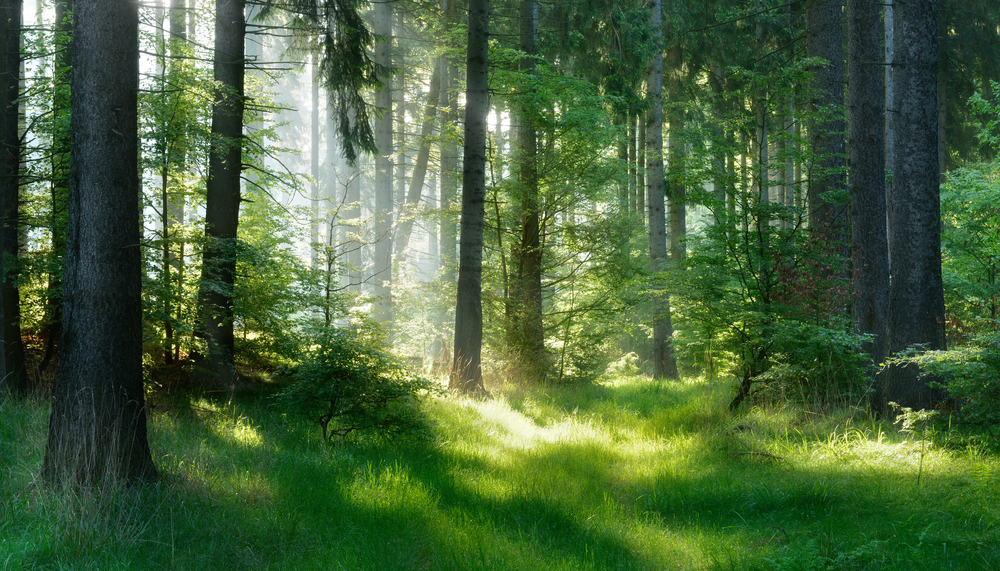
On the off chance that you find yourself stranded in the wilderness on your next camping trip or hike, don’t panic — there are plenty of things to eat once you’ve run out of trail mix. From its sandy deserts to its emerald woodlands, the continental United States is dotted with edible plants. But grazers beware: Eating the wrong plant could leave you ill or even kill you. [Naughty By Nature: The Most Disgusting and Deadly Flowers]
So, what greenery can you eat, and which plants should you avoid? Here are seven of the most common edible plants you can find in the U.S.
Cattails
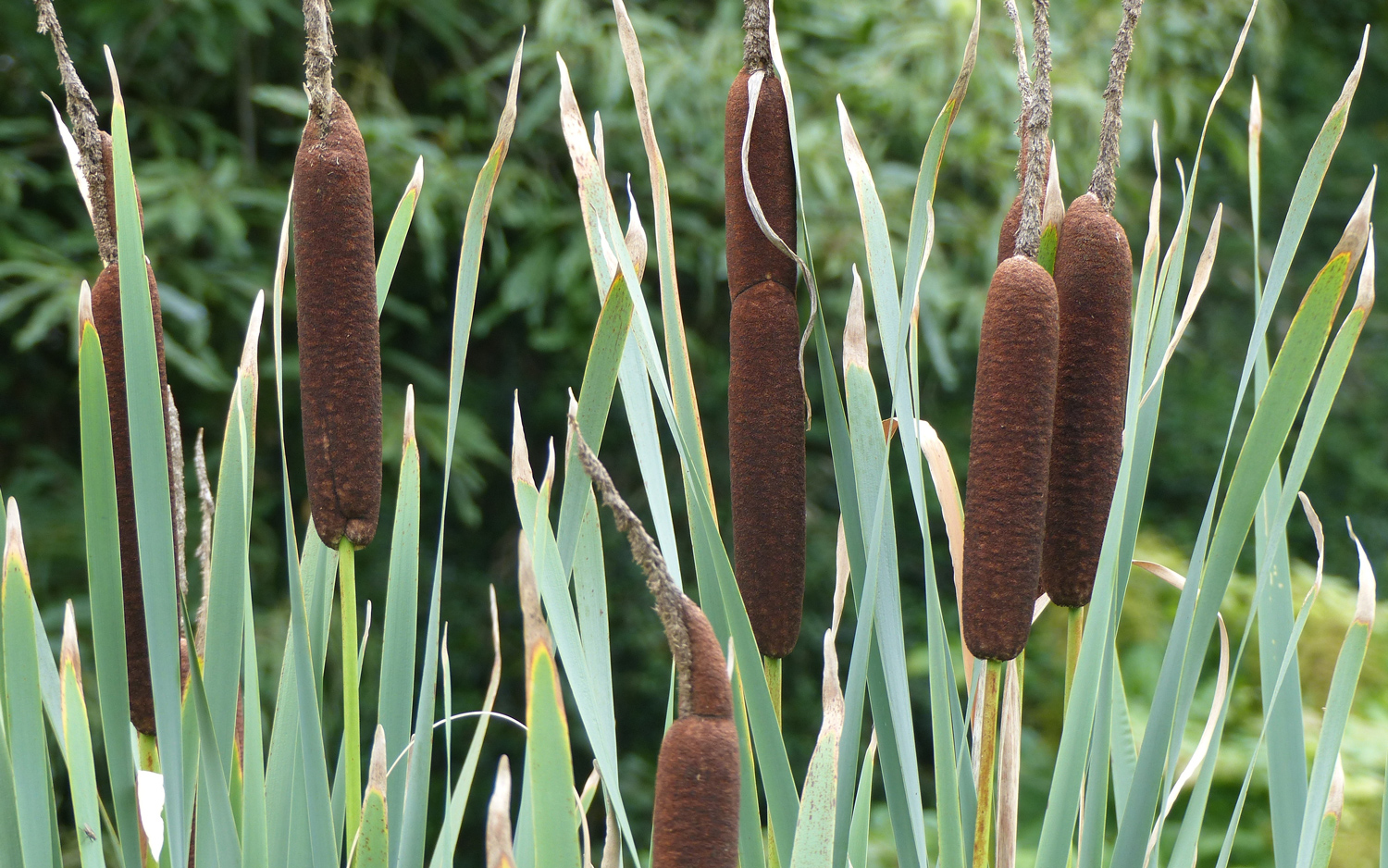
Cattails (Typha species) are found throughout the U.S., and different parts of the plant are edible at specific times of the year, said Catrina Adams, the director of education at the Botanical Society of America. Cattails are recognizable by their thin, sword-like stems and a unique, flowering and fluffy seed head.
You can find them mostly in the shallow waters of marshes, ponds and along the edges of lakes. To get to the good stuff, you have to dig up the roots of the cattails and locate the small, pointed sprouts at the ends of the roots. These starchy parts are most edible in the fall and winter, Adams told Live Science.
There are also cattail hearts ⎯ tender white shoots that can be eaten raw or cooked. The taste is similar to a cucumber, Adams noted, and these shoots are most tasty in early summer. Once you get home, you can even make cattail casserole for your friends and family, and show off your new skills as a survivalist.
Clovers
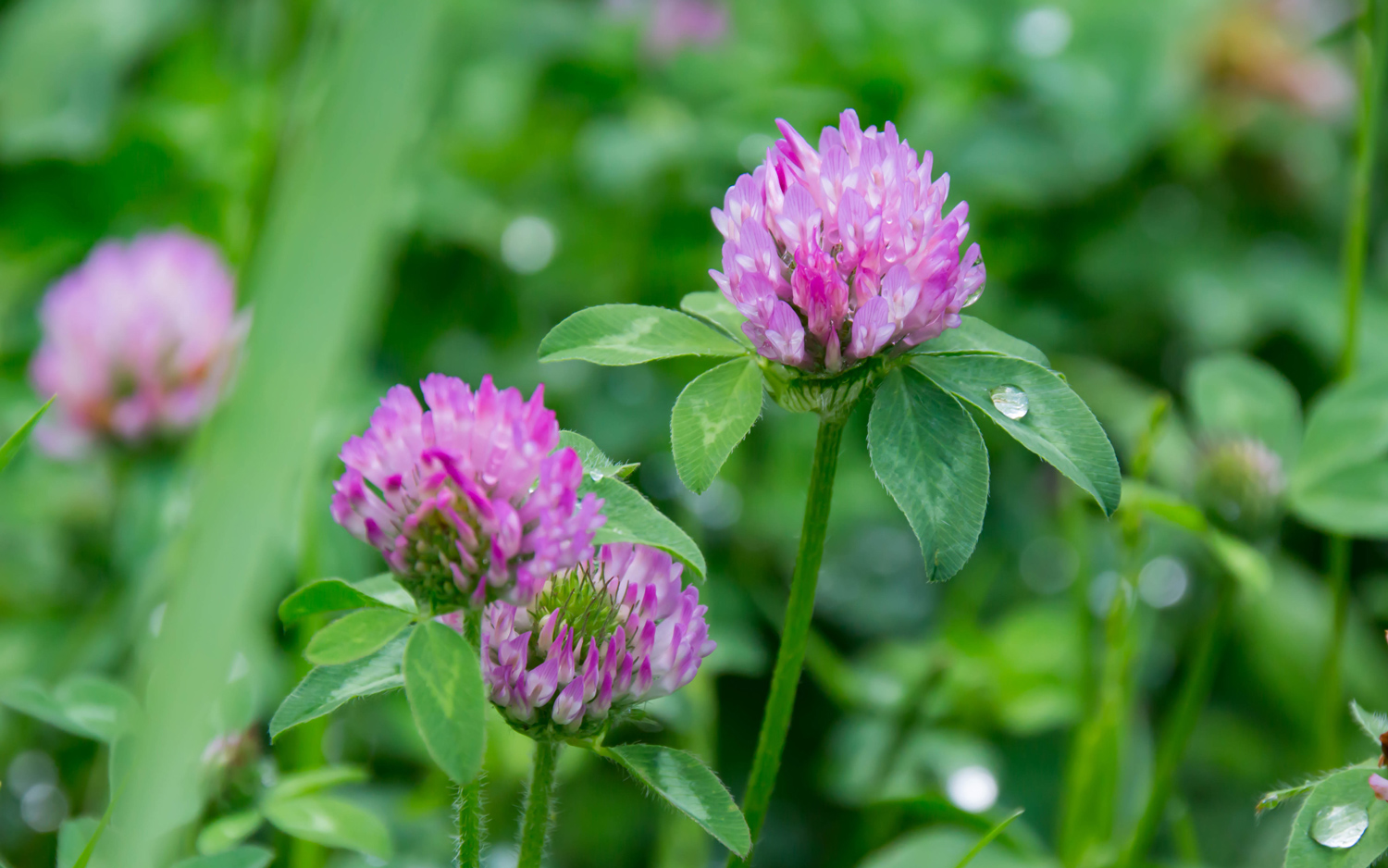
Finding a four-leaf clover is always a sign of good fortune, but when you’re stranded without food in the wilderness, stumbling across these lucky charms can be fortunate in more ways than one.
Clovers (Trifolium species), identifiable by their trefoil leaves, can be found on lawns pretty much everywhere, Adams said. They’re edible from root to blossom, and you can eat them raw, boiled and even sauteed.
Red clover has long been thought to improve blood-vessel health in menopausal women, according to a 1999 study in the Journal of Clinical Endocrinology & Metabolism.
Dandelions
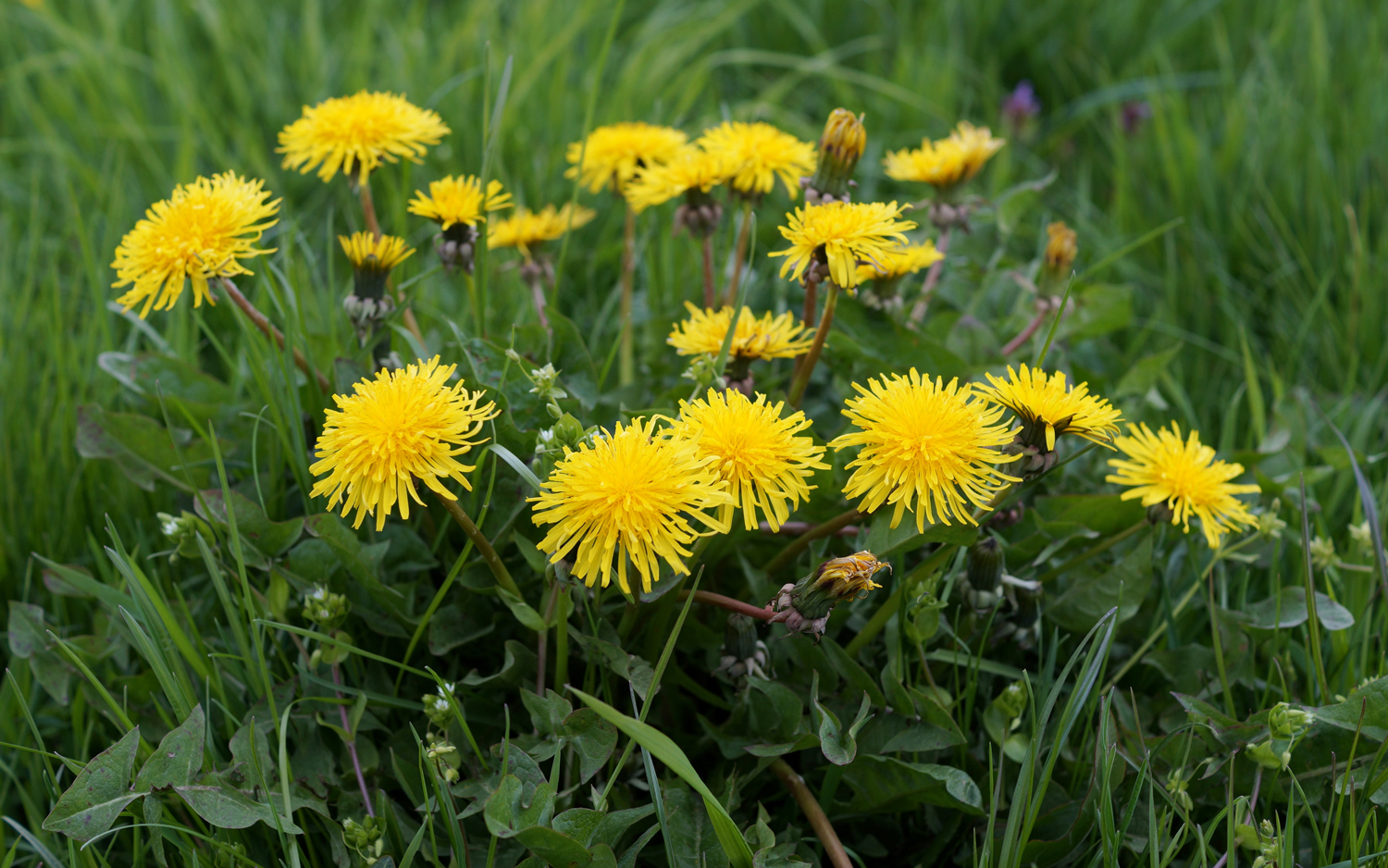
Dandelions (Taraxacum species) are often thought of as a weedy nuisance, but all parts of the common lawn flower can be eaten, from its yellow blossom to its roots and leaves, Adams said. The dandelion can be eaten raw or cooked, although the leaves and roots are generally bitter when ingested raw, while the yellow flower is sweet, and can be used to make syrup or even dandelion wine.
Dandelion leaves or greens are sometimes even added to salads, and their roots can be dried and roasted to create a coffee-like substitute.
Redwood sorrel
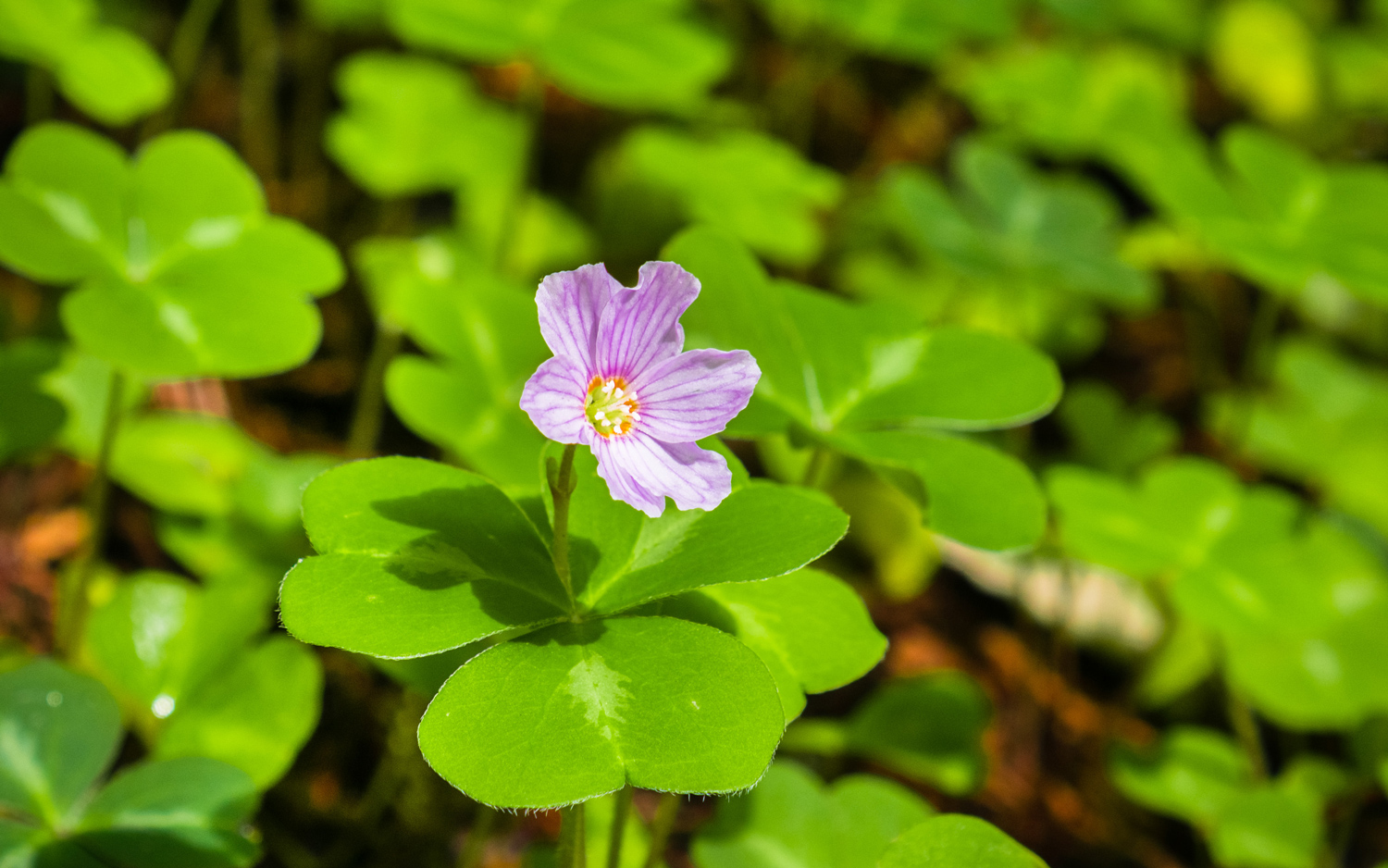
This perennial herb grows mostly in the redwood forests that extend from southwest British Columbia to the San Francisco Bay Area of California. The plant is particularly recognizable among the trees because of its remarkable, translucent white flowers.
According to Adams, all parts of this plant are edible raw or cooked, but caution is advised when ingesting the herb. Redwood sorrel (Oxalis oregana) is mildly toxic, due to the presence of oxalic acid, which is also found in spinach, Adams said. Although this plant should only be eaten in small quantities, it is one of the more commonly consumed plants in the U.S. But ingesting too oxalic acid can cause vomiting or even kidney damage, Adams said.
Prickly pear cactus
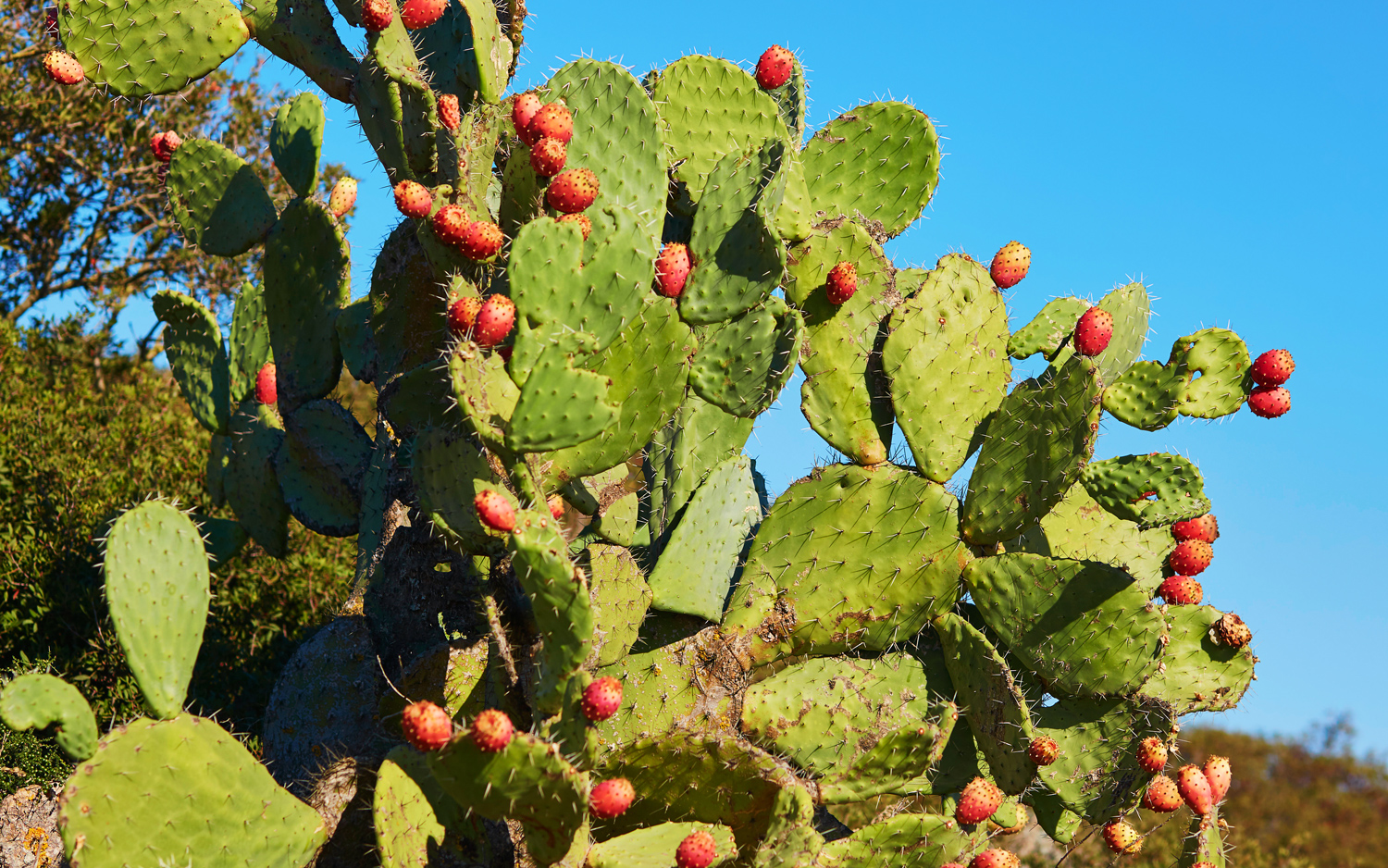
Among the desert sands of the southwest, the prickly pear cactus (Opuntia species) is easily identifiable by its rounded "leaves," or pads, and brownish needles. The cactus pads are edible all year round, and are famous for the sustenance and water stored in them, according to the Food and Agriculture Organization of the United Nations.
It is important to carefully peel and remove the spines from the exterior of the cactus pad, or else you’re likely to end up with a mouthful of needles. These spines also extend into the juicy pulp on the interior of the cactus, and certain experts recommend scorching the leaves with fire to completely remove the spine.
Along with the cactus pads, there is also the fruit of the prickly pear, which is filled with seeds that taste like a combination of kiwi and watermelon. You can eat both the leaves and the seeds, and the best time to eat the prickly pear cactus is in the fall, according to the Southwest Parks and Monument Association.
Pickleweed
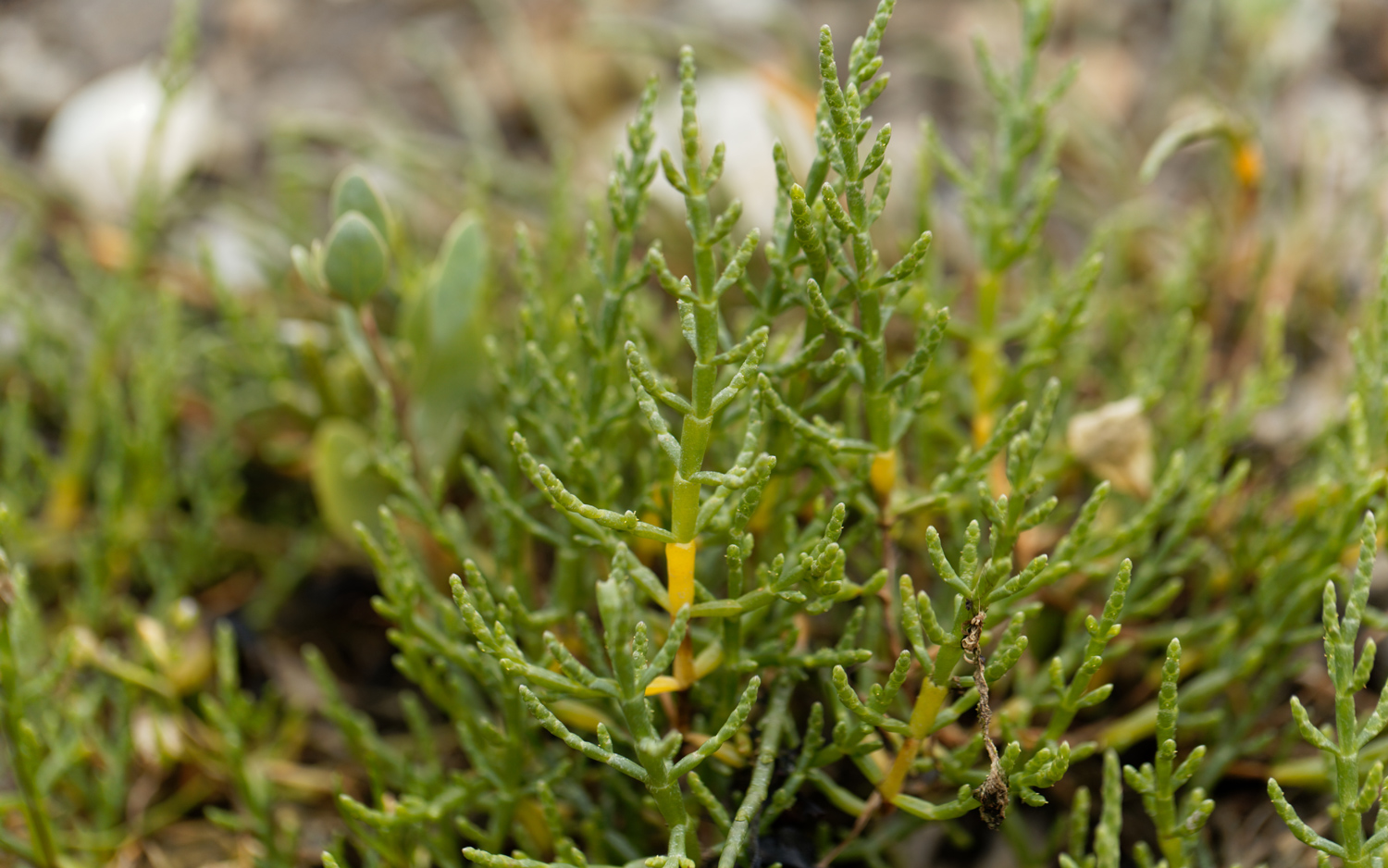
If you’re stranded on the beach or along the coast, try some pickleweed (Salicornia species). This plant thrives in salt water and is bright green in the spring and summer. Its name comes from the pickle-like appearance of its stem segments and its salty taste, according to the Aquarium of the Pacific.
Referred to as samphire in Europe, pickleweed is occasionally used as a vegetable there, according to the Food Network. The plant is fleshy and leafless, and can be eaten raw, the Aquarium of the Pacific says. (It can also be steamed — or, yes — pickled.)
Arrowleaf balsamroot
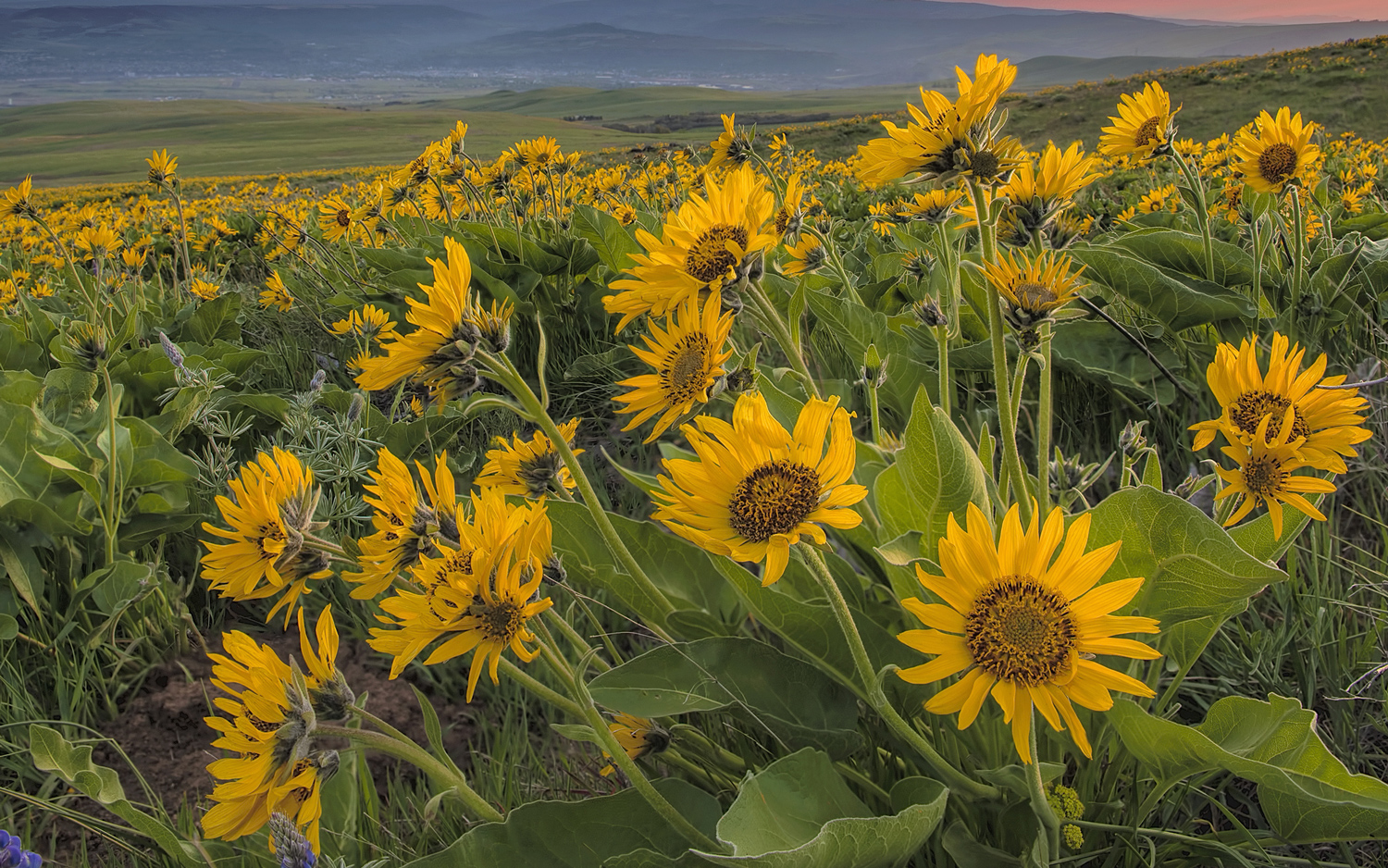
This bright plant (Balsamorhiza sagittata) is common in the cold, dry areas of the West, including the Northwest region of the U.S. that's popular for camping and hiking. Commonly called the "Oregon sunflower," arrowleaf balsamroot has arrow-shaped, triangular, pointed leaves with beautiful yellow flowers.
Regional Native Americans used all sections of this plant — the roots can be baked, steamed or eaten raw, while the flower stems can also be eaten raw, according to the U.S. Department of Agriculture. The seeds of the flower are nutritious, and the roots can be dried and roasted as a coffee substitute.
Stranded campers, however, should be careful not to confuse arrowleaf balsamroot with the poisonous but jarringly similar Arnica montana flower, also known as wolf's bane. Ingesting the arnica flower is toxic to the liver. Both have yellow flowers, but Arnica’s leaves are not triangular or pointed as the leaves of an Arrowleaf flower are.
Sign up for the Live Science daily newsletter now
Get the world’s most fascinating discoveries delivered straight to your inbox.










